I was born in Albion, Michigan in 1950. I don't remember a bunch about this time since we moved to Elkhart when I was 6 years old. Dad and his brother John, had purchased a small building in Elkhart and the small mobile Home Mfg. Company that occupied it. I remember that our Doctor was a lady, Dr. Alice Campbell, which was rare in the 1950's. Albion was ahead of the times.
Simon Joseph Lonergan Sr. aka Nibs or Si
His name Nibs referred to his being a smart dresser and careful with his appearance as a little child, and his father exclaimed as he came down the stairs, Why here comes His Nibs! And it stuck
Simon Joseph Lonergan Sr. aka Nibs or Si
His name Nibs referred to his being a smart dresser and careful with his appearance as a little child, and his father exclaimed as he came down the stairs, Why here comes His Nibs! And it stuck
Boppa to us!
He is the boy on the far right in this photo taken with his Mom, Dad and family!
I do remember My Grandfathers business building. Albion HAS winter and Boppa's (what we kids all called our Grandfather, Simon Joseph Lonergan Sr) building had LARGE roll up doors at the rear. He routed the railroad spur THROUGH the building so workers didn't have to brave the cold when receiving raw materials or shipping air conditioners, heaters and the other products he made.
He is the boy on the far right in this photo taken with his Mom, Dad and family!
I do remember My Grandfathers business building. Albion HAS winter and Boppa's (what we kids all called our Grandfather, Simon Joseph Lonergan Sr) building had LARGE roll up doors at the rear. He routed the railroad spur THROUGH the building so workers didn't have to brave the cold when receiving raw materials or shipping air conditioners, heaters and the other products he made.
We lived in a very large (large to a six year old) farmhouse with an even larger barn (in which I got into as much trouble as a 6 year old could) There were cornfields surrounding it full of pheasant. Even then my family were outdoors people, fishermen and hunters. I also remember Dad had a large hole dug in the back yard and somehow, using old roofing shingles, created a swimming hole. We had many barbeques by that "swimming hole." My younger brother Jeff was a bit of a Pyro and several times set the surrounding lands on fire, only trees and dried cornfields but I CLEARLY remember the firemen coming to the house to "discuss this with us."
I found the following articles @ http://www.albionmich.com/===================================================================
I found the following articles @ http://www.albionmich.com/===================================================================
Lonergan Manufacturing Co.
804 Clark St
Albion, Michigan
What was "Plastic Road" like in 1946, the year after the War ended? Of course the big industry there was the Lonergan Manufacturing Company at 804 Clark Streeet, which at the time produced oil and water heaters.
The McGraw-Edison Air Comfort Division, the successor of Lonergan Manufacturing, was one of Albion’s prominent factories from the late 1950s into the 1980s. It produced air conditioning and heating equipment. How many people remember owning a humidifier in their home for use in the winter that was manufactured at McGraw? We had one at our house and remember pouring gallons of Albion’s then iron -infested water in it throughout the wintertime, and watching the foam wheel that turned “crust up” with white calcium/lime as the weeks turned into months. Sort of what cholesterol does to the blood vessels.
During World War II, the Lonergan Manufacturing Company on N. Clark St. (the predecessor of McGraw-Edison) made bomb inner-casing front and back ends for the Defense Department, pressed from sheet metal. These were the tips and backs that formed part of an inner casing that held the working parts of bombs which were dropped from airplanes.
Our story (http://www.albionmich.com/) two weeks ago about the flower urn made out of bomb parts manufactured during World War II at the Lonergan Manufacturing Company on N. Clark St. was a reminder of one of several vibrant industries that were once located on the Lonergan site beginning with the 1890s.
========================================================================
ALBION HIGH SCHOOL 1939 STATE BASKETBALL CHAMPIONSHIP TEAM
During the 1930s, Albion’s basketball team built up a strong reputation, culminating in the Class B State Championship on March 18, 1939. In those days the scores were lower than they were today, as the strategy was not to have the centers zip back and forth making baskets one after another
Albion entered the 1939 Class B tournament that year on Thursday, March 16 by beating Davision 27 to 26 (I told you the scores were low) in a game held at Lansing Eastern High School. The next day Albion traveled to Flint Longfellow Junior High School for the semi-finals where they were matched with Highland Park St. Benedict and easily won 35 to 22.
The big Class B championship game was held on Saturday, March 18 at the I.M.A. Auditorium in Flint (recently demolished) at 8:30 p.m. in the evening. Albion was pitted against the 1938 state champions--Grand Rapids Christian. It was a close game all the way, so close that with just 30 seconds left at the end, Victor Buinowski made two foul shots which gave Albion a 1 point victory over Grand Rapids: 33 to 32. With that Albion accomplished a 16-1 record that year, including our only state championship in basketball.
From our Historical Notebook this week we present a photograph of the happy 1939 Class B state champions, taken after the game. Front row: left to right: Victor Buinowski, Mike Dubina, Victor Nesterenko, Louis Moon, and Russell Elushik. Back row: Joseph Veremay, Alex Egnatuk (who had taken the place of Lawrence Kabel who was ill the evening of the big game), Elton Amsden, Bud Lonergan, Glenn Arnold, and Coach Floyd Dorland.
=======================================================================
I could have probably gotten a loan here!
Dad and his Best Friend, Alfonce Magnotta started a bank.
Dad and his Best Friend, Alfonce Magnotta started a bank.
THE BANK OF ALBION
The Bank of Albion was that, and lived up to its name. It was locally owned and managed. The first president of the new financial institution was Alfonce Magnotta, prominent school board member and attorney, later Circuit Court judge. Magnotta was the driving force behind the bank becoming a reality. The Journal of Albion editor Rae Corliss wrote on January 25, 1958: "Especially is considerable credit due to its president, Attorney Alphonse Magnotta, who single-handed, dreamed and created the new institution. Through long months of difficult effort and application, he sold both the idea and the stock subscription necessary to bring the bank into existence. It was not an easy undertaking! Many men would have given up! For every kind of opposition was thrown against him by some who hoped to prevent establishment of a second bank here."
Other early officials included: Ralph Brooks, vice-president and director. A. R. Dart, vice-president; Max Mulvaney, Cashier; S. J. Lonergan, Jr. Secretary of the board and director; and additional directors Carl S. Greer, Jr., Richard R. Jenkins, and Rush W. McCutcheon.
========================================================================














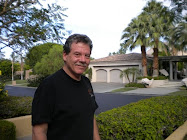

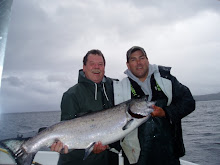
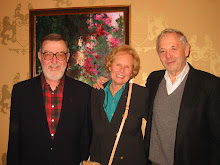
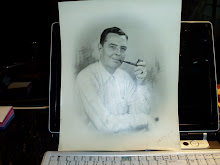
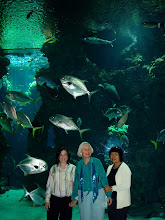
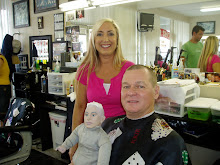

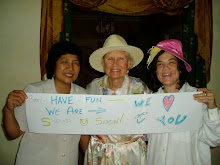



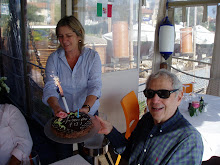




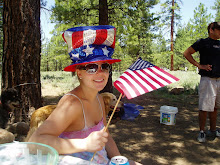
No comments:
Post a Comment